A raft of new tools aim to help producers spot and suppress HABs at sea
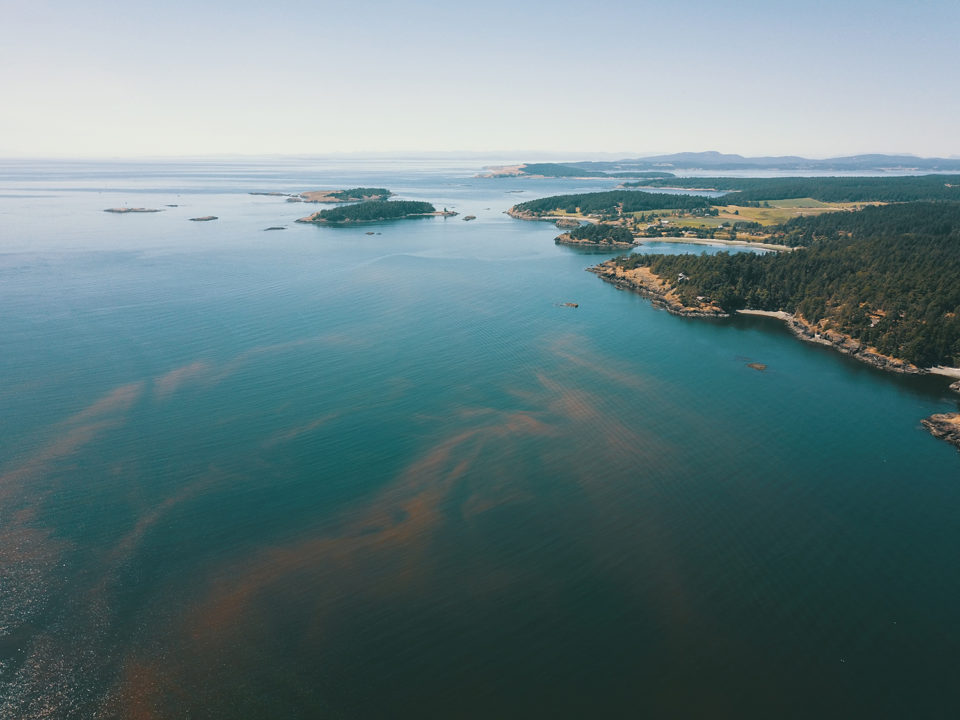
The news wasn’t welcome. It also wasn’t entirely unexpected.
In May, Chilean salmon farmer Salmones Camanchaca announced harmful algal blooms had caused a biomass loss of 3,700 metric tons and a financial hit of more than $12 million in the first quarter of 2021. That’s the unwelcome part of the news.
But since the global aquaculture industry suffers estimated loses in the billions annually due to harmful organisms like algae, the incident wasn’t entirely out of the blue. Losses due to algal blooms can be viewed as a cost of doing business – an expense that cannot be avoided but can be mitigated. (Editor’s note: New research, released the day after this article was published, shows growing harmful algal bloom effects due to economic and environmental factors, including increased monitoring and aquaculture demand.)
“If properly managed, harmful plankton impact on fish in net pens can be minimized to negligible level,” stated Jayaprabandh (Jay) Pudota, CEO of Samudra Environmental Consulting.
The British Columbia, Canada-based company works with clients around the world, offering environmental consulting, water quality management and plankton management services. Reducing the effect of plankton involves having a monitoring program in place, a mitigation system installed and the expertise to make everything work, according to Pudota.
Technology available now and that will soon be deployed could make dealing with harmful algal blooms easier. Recent announcements from Innovasea and of a joint effort by OTAQ/Blue Lion Labs are recent examples of this.
Available now, Innovasea’s new cloud-based software module streamlines monitoring efforts, enabling fish farmers to visualize more easily what is going on and thereby better predict when algal concentrations will be too high. The tool allows users to record species, time, location and concentration on different types of plankton.
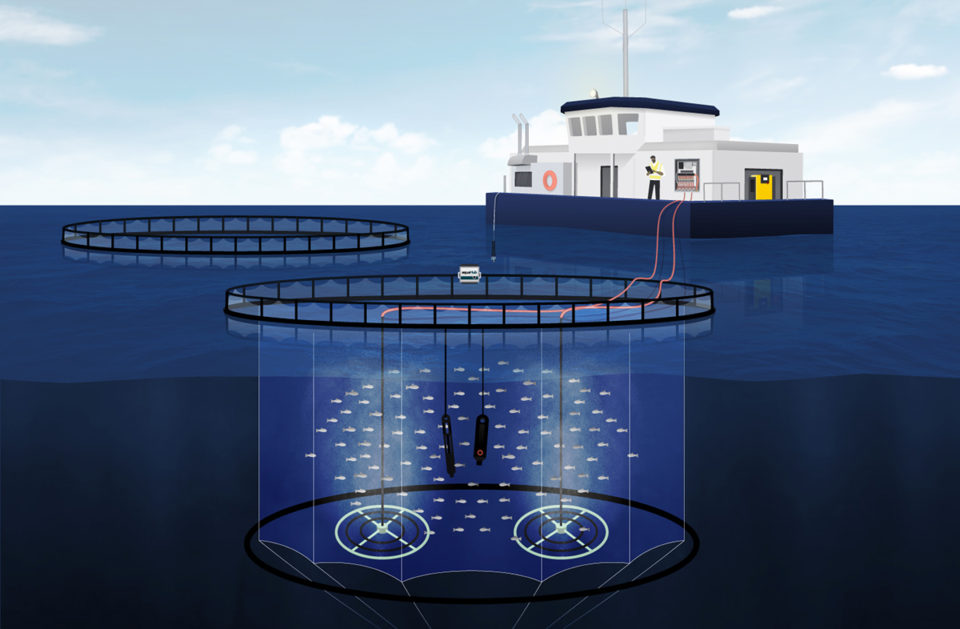
It is not intended to replace input and analysis from users on site at a fish farm, said Allan Hirsh, global product manager. Rather, the software combines current data on plankton, which is largely collected manually, with what has been seen in the past.
“With historical data that we have also applied to the system, we can find patterns based on locations and time of the year,” Hirsh said.
Such information could indicate to producers, for example, that a problem could be brewing and so mitigation efforts like aeration might be needed. The software uses various techniques to ensure erroneous readings are not entered into the database. For instance, based on historical data it knows what the upper and lower limits for particular measurements of, say, plankton density should be. If an entry falls outside this range, the software alerts the user, who can correct an error or verify that the data as entered is correct.
The OTAQ/Blue Lion Labs project combines the strength of the two companies, noted Chris Hyde, OTAQ chief technology officer. Blue Lion Labs will supply software that can identify plankton based on images, while OTAQ will provide water sampling and imaging hardware. A product will be commercially available in the next year or two.
According to Hyde, the system will analyze water samples for plankton content, identifying the species and its volume. The product will alert users of specific potentially toxic or harmful species.
Currently, fish farming staff provide that information but they cannot do so around the clock. Manual data gathering and analysis also is costly and labor-intensive.
An automated system can help in both areas. Preliminary testing also shows that technology can benefit another, critical aspect: species identification.
“We are seeing that the system is actually incredibly good at identifying species that a human operator would struggle to. So, we expect it will be at least as capable if not superior to a well-trained operator using a microscope,” Hyde said.
Technology can be a significant aid in combating harmful algal blooms. But more is needed, according to Pudota, adding that 60 percent of the job involves interpreting data and deciding what actions to take. Aeration can lower harmful plankton levels, for instance, but it can also stress fish.
Thus, new technology, in particular image-based plankton identification, may automate and improve some aspects of algal management but not all of them, Pudota said. He added that validation of any monitoring system and knowing how and when to do mitigation is critical. For those fish farmers without experience or expertise in these areas, he advised they seek out those who do have the necessary skills and knowledge.
Follow the Advocate on Twitter @GAA_Advocate
Now that you've reached the end of the article ...
… please consider supporting GSA’s mission to advance responsible seafood practices through education, advocacy and third-party assurances. The Advocate aims to document the evolution of responsible seafood practices and share the expansive knowledge of our vast network of contributors.
By becoming a Global Seafood Alliance member, you’re ensuring that all of the pre-competitive work we do through member benefits, resources and events can continue. Individual membership costs just $50 a year.
Not a GSA member? Join us.
Author
-

Hank Hogan
Hank Hogan is a freelance writer based in Reno, Nevada, who covers science and technology. His work has appeared in publications ranging from Boy’s Life to New Scientist.
[109,111,99,46,110,97,103,111,104,107,110,97,104,64,107,110,97,104]
Tagged With
Related Posts

Aquafeeds
A new nutrient for aquaculture, from microbes that consume carbon waste
Biotechnology firm NovoNutrients aims to produce a line of nutraceutical aquafeed additives as well as a bulk feed ingredient that can supplement fishmeal. Its process includes feeding carbon dioxide from industrial gas to a “microbial consortium” starring hydrogen-oxidizing bacteria.
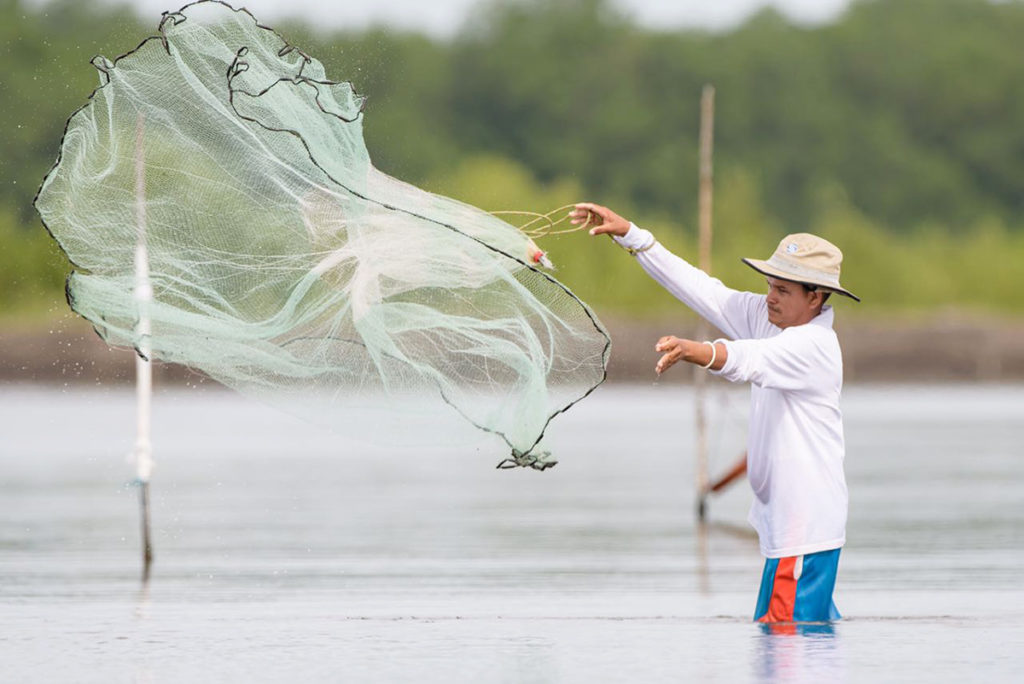
Responsibility
Aquaculture, feed companies embark on a carbon-cutting journey
The aquaculture value chain can significantly reduce carbon emissions with innovations in feed, transportation and operations.
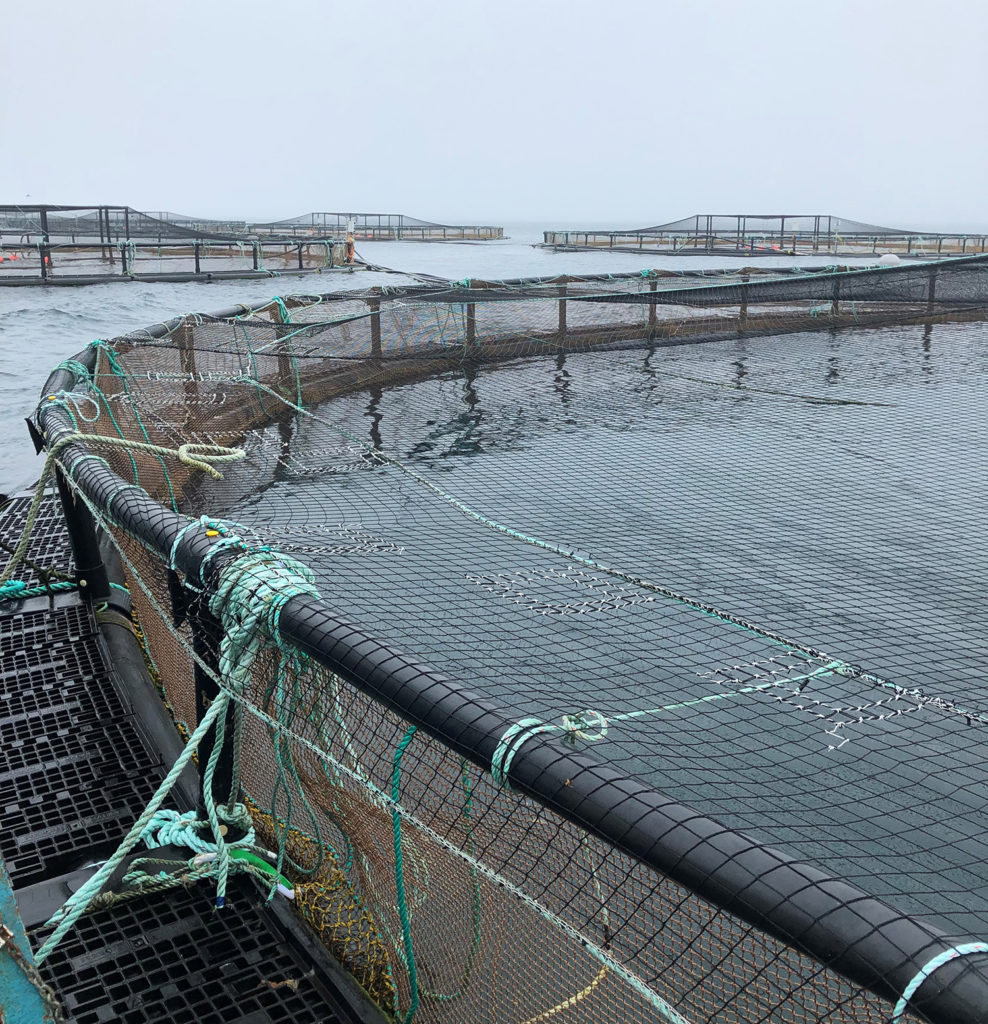
Innovation & Investment
Net gains in aquaculture net technology
The aquaculture industry is paying greater attention to net technology, in terms of materials and maintenance, because of its impact on the bottom line.
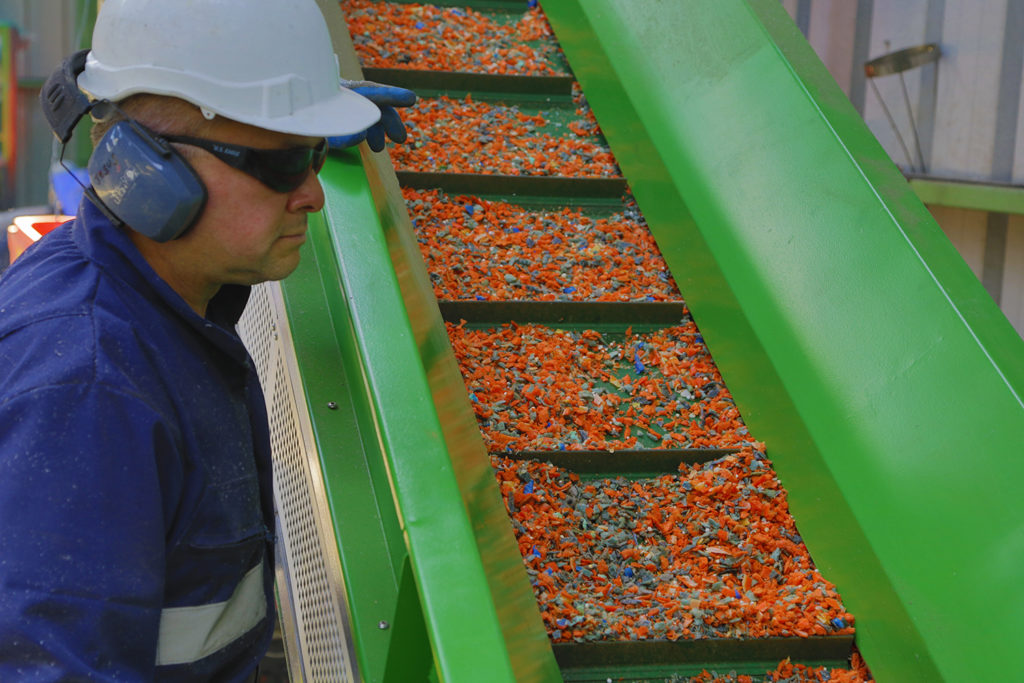
Responsibility
Repurposed: Adding value to aquaculture via recycling
With sustainability and environmental protection becoming increasingly prominent in Chile, recycling firms like Greenspot are drawing attention.

